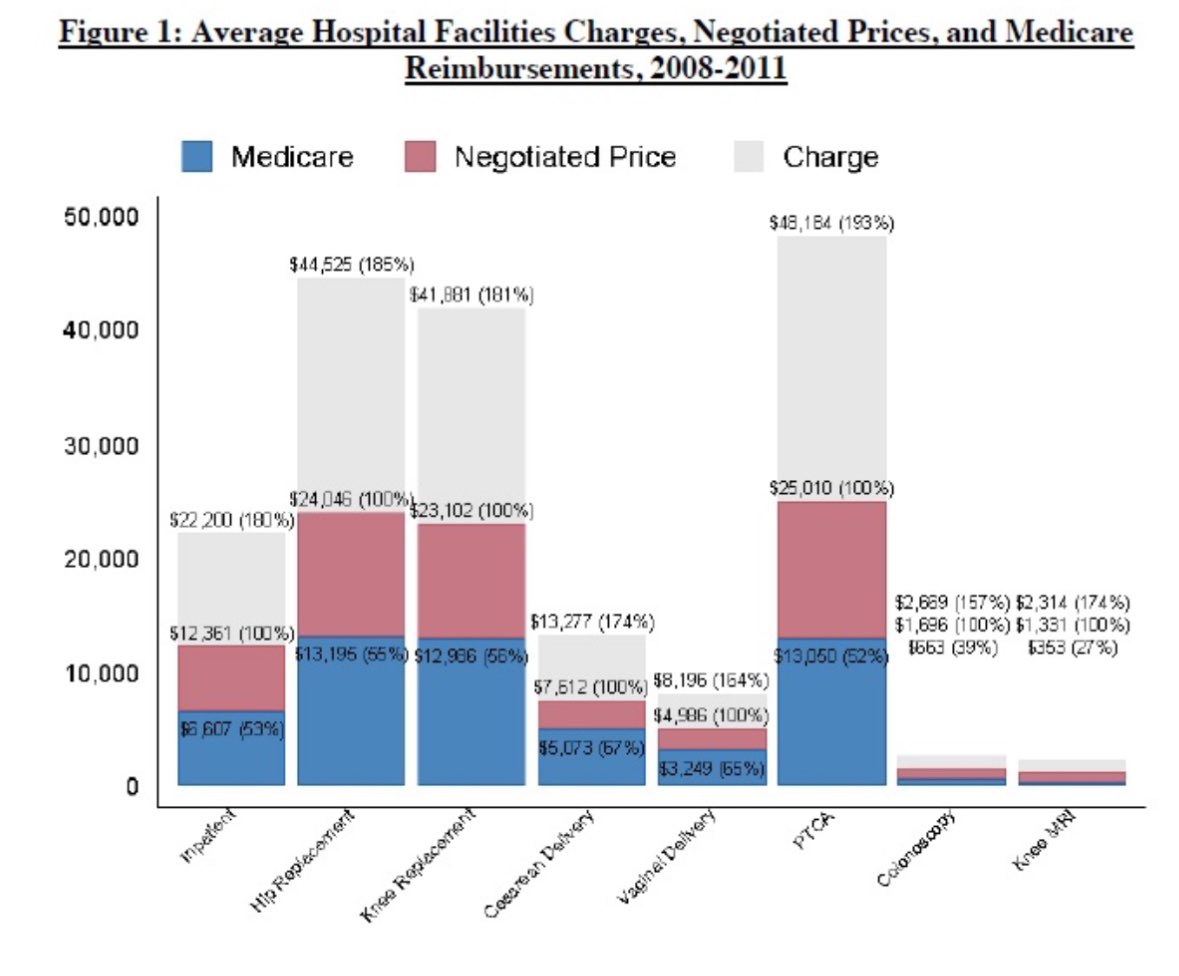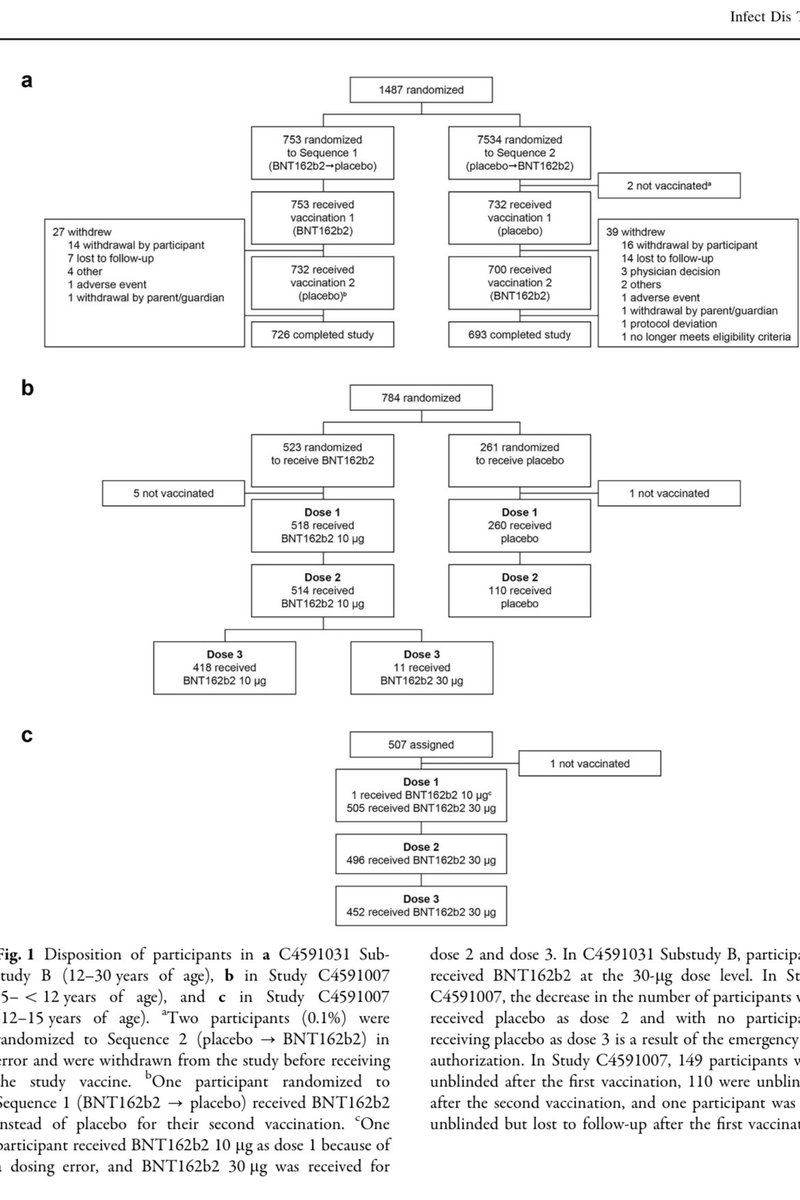"..risk of myocarditis after receiving mRNA-based COVID-19 vax was increased across multiple age & sex strata & was highest after the 2nd vaccination dose in adolescent males and young men. This risk should be considered in the context of the benefits of COVID-19 vaccination.."1/ 

This estimate comes from the @CDCgov publishing in @JAMA_current using the VAERS (Vaccine Adverse Event Reporting System) database - a so called passive reporting system because reports are voluntary. 

VAERS used appropriately is a way to pick up a signal of harm. Of 1991 reports of myocarditis, 1626 met the CDC definition for myocarditis. 73% were younger than 30 years, median age was 21, 82% occurred after the 2nd dose, 82% were male 

Thankfully truly severe cases were rare. 2 cases required mechanical ventilation, 12 cases required IV drips. 

"Long term outcome data are not yet available. Current guidelines advise patients to refrain from competitive sports for 3-6 months.. further doses of mRNA based C19 vaccines should be deferred.. " 

"Given high verification rate... underreporting is more likely..the actual rate of myocarditis per million doses is likely higher than estimated." 

Underreporting of myocarditis VAERS reports is supported by Israeli data published in the @NEJM that was based on a large Israeli health provider database
nejm.org/doi/full/10.10…
nejm.org/doi/full/10.10…

Important information for physicians to incorporate into their discussions with patients on vaccines. "Risks should be considered in the contest of benefits.." 

• • •
Missing some Tweet in this thread? You can try to
force a refresh














